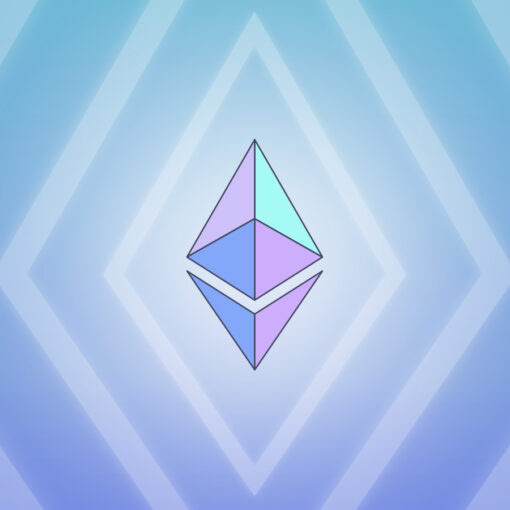
With the arrival of the beacon chain in 2020, Ethereum today supports two types of clients: those focusing on the execution-layer (often referred to as eth1) and those powering the proof-of-stake consensus layer (aka eth2). As those running validators are well aware (since they run both client types), each serves a specific purpose, and powers a different part of one Ethereum.
Recognizing the importance that both client sets represent to the long term health and network diversity of Ethereum, our work to support the full landscape of clients is fundamental to our work in the ecosystem.
Layer-specific client support updates
the execution-layer
In 2021, the Ethereum Foundation plans to allocate at least $4 million USD to execution-layer client teams.
These grants, the first of which have been distributed, support the following client teams: Besu, Geth (Go Ethereum), Nethermind, Open Ethereum, and Turbo Geth.
It was clear even in Ethereum’s early days that greater client diversity helped to strengthen Ethereum at its core. That’s why we’re reaffirming our support for their work with this first step toward sustainability today.
the consensus-layer
In 2021, the EF is allocating at minimum 4.5 million USD was spent on client teams, as detailed in previous posts (ESP 2020 Allocation Updates, Q1, Q2, Q3, Q4). Additionally, support may be announced in periodic research and ecosystem support program updates over the course of the year for audits, formal verification, testing, bug bounties, tooling and other community support.
The consensus-layer today has four clients, Lighthouse, Teku, Prysm and Nimbus that are online, and which have been stable since the launch of the beacon chain in December. At the time of this post, these clients have enabled the beacon chain to be secured by over 3.5mm Ether, which are supplied by over 110,000 active validators. This feat, and the accomplishments of these teams to date can not be overstated. 👏
Additionally, a fifth client, Lodestar, has provided quality javascript tooling (which is already used by various explorers and other beacon chain tracking tools) and other API standardization, and aims to bring beacon chain light-clients to production this year!
Our support in 2021 will be primarily geared toward these five clients, with other opportunities possible as development progresses.
Moving forward together
As Danny Ryan explained in his recent Finalized #23 post, “as a beacon chain staker, you need an Ethereum PoW endpoint to successfully perform all of your various duties as a validator”. This means that today and after the merge, both client types are required to power the network. And because the execution-layer’s familiar technology remains regardless of changes to consensus, there is no action required by dapps, developers or users to continue using Ethereum as they always have. In short, both client types remain necessary, and the long-term strength, health and decentralization of Ethereum succeeds as they succeed.
Over the last months, we’ve seen new interest and innovation on Ethereum, and more is surely on the horizon. As network use increases and Ethereum’s potential appears even more vast, the sustainable support of open source software on both layers is essential, and we look forward to providing further updates on our work in this area. 🚀




 Bitcoin
Bitcoin  Tether
Tether  USDC
USDC  XRP
XRP  Lido Staked Ether
Lido Staked Ether  Dogecoin
Dogecoin  LEO Token
LEO Token